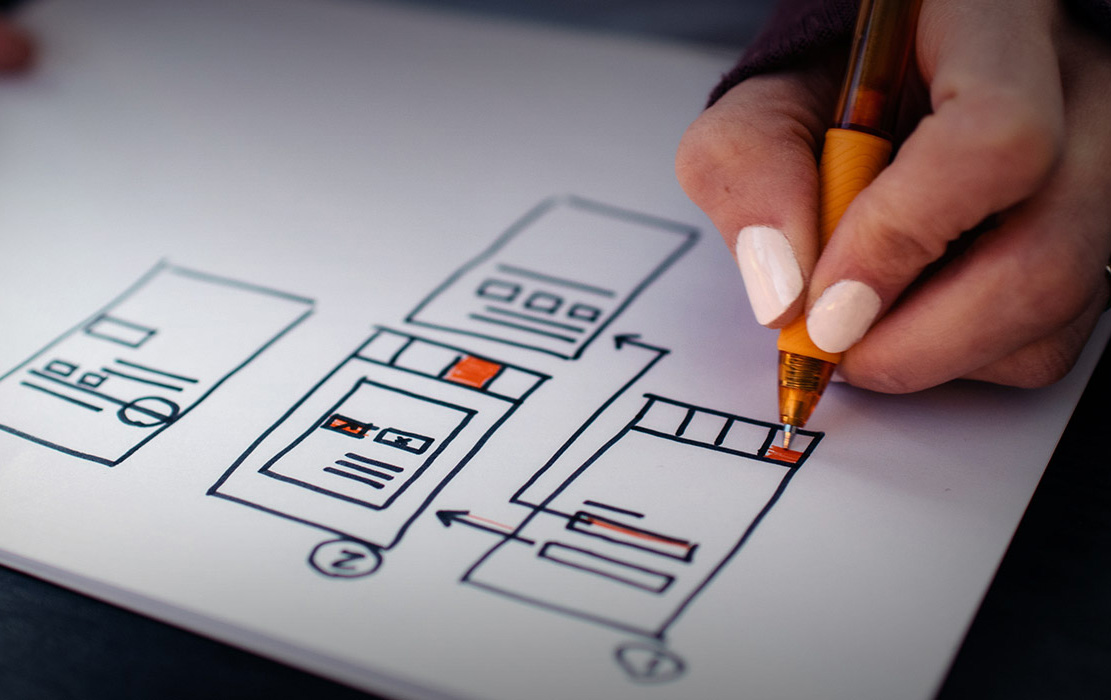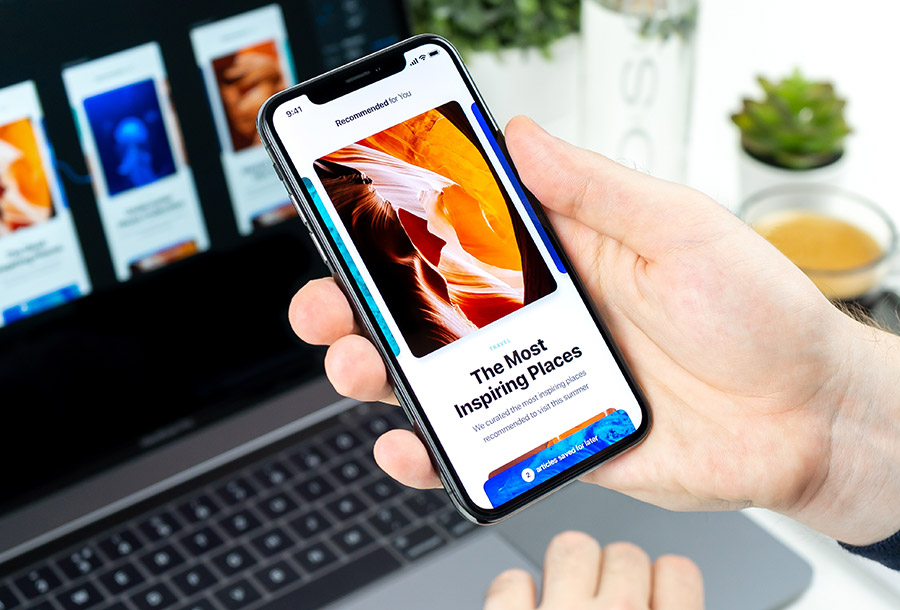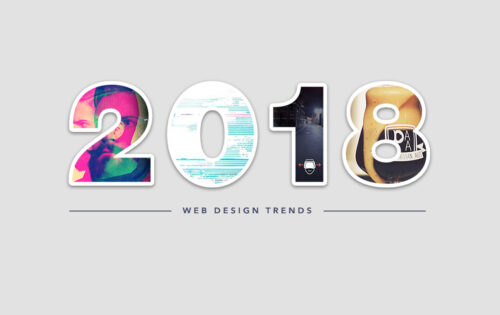
The art of communicating the do’s and don’ts with your business’s website designer is a science. That’s why we here at DesignUps have developed this brief guide to help you along in that journey – all in order to ensure the final product will be exactly what you’re looking for – new leads and increased sales.
A Quality Website is Important for a Business and Website Visitors
In this day and age, if your company does not have a well-designed website where potential customers can familiarize themselves with your brand – and the goods and services you offer – you will be forever looking up at your competitors from a severe disadvantage. Therefore, it is imperative you invest in your website’s design. This is where a website designer will come in – in order to help you achieve that vision your business needs. A well-designed website also plays a crucial role in digital marketing, enhancing user experience and helping to retain visitors.

Choosing the Right Web Designer
What to Look for in a Web Designer
When searching for a web designer, it’s essential to find someone who truly understands your business goals and target market. A good web designer should not only create a visually appealing website but also ensure it provides a great user experience for your website visitors. Here are some key things to look for in a web designer:
- A Strong Portfolio: Review their previous work to see if their style aligns with your vision. A diverse portfolio demonstrates their expertise in web design.
- Understanding of Business Goals: They should grasp your business objectives and target market to tailor the website accordingly.
- Excellent Communication Skills: Effective collaboration is crucial. Your designer should be able to communicate clearly and listen to your needs.
- Helpful Tips and Guidance: A good designer will offer valuable insights and suggestions throughout the design process.
- High-Quality Images and Graphics: Ensure they focus on creating visuals that enhance your website’s overall design.
- Mobile-Friendly Design: Your website must work well on multiple devices, including mobile devices, to reach a broader audience.
Evaluating Web Designers
When evaluating web designers, asking the right questions can help you find the perfect match for your project. Here are some questions to consider:
- Can you show me examples of your previous work?: This helps you gauge their experience and style.
- How do you approach the web design process?: Understanding their workflow ensures it aligns with your expectations.
- How do you stay up-to-date with the latest web design trends and technologies?: This ensures your website will be modern and competitive.
- What is your experience with website builders and content management systems?: Their familiarity with these tools can impact the ease of future updates.
- How do you ensure my website is optimized for search engines?: SEO is crucial for driving traffic to your site.
- What is your policy on broken links and website maintenance?: Regular maintenance is essential to keep your site running smoothly.
Understanding the Web Design Process
Web Design Process Overview
The web design process typically involves several stages, each crucial to creating a successful website. Here’s an overview of what to expect:
- Planning and Research: This initial stage involves defining the project scope, identifying your target market, and researching competitors. It sets the foundation for the entire project.
- Design: Here, the visual concept of your website is created, including the layout, color scheme, and typography. This stage brings your vision to life.
- Development: The design is then built using HTML, CSS, and JavaScript. This stage transforms the visual concept into a functional website.
- Testing and Quality Assurance: The website is tested for bugs and compatibility across multiple devices. This ensures a seamless user experience.
- Launch: Once everything is in place, the website is launched and made available to the public.
- Maintenance: Ongoing maintenance and updates are essential to keep the website aligned with your business goals and ensure it continues to provide a great user experience for your website visitors.
Working with a web designer who understands the importance of each stage and can provide guidance throughout the process is crucial. By following these tips and understanding the web design process, you can create a beautiful website that meets your business goals and provides a great user experience for your website visitors.

How to Communicate with a Web Designer to get Quality Web Design Results
We’ve gone through this process many times and have creating a list that will provide you with a set of considerations to keep in mind when approaching and working with a web designer. Throughout the process, it is important that your views and knowledge of your business are clearly communicated. Before you know it, your website will be online and getting results!
Share your Ideas at the Start
Having a clear vision – and making the effort to communicate that vision to your web designer – will go a long way towards developing a trusting and fruitful relationship with your designer. This way, they will intimately begin to understand what it is you want from your business’s website. Having a solid understanding of your business and goals will allow your designer to craft the perfect plan for your new website. Many designers may not fully understand your vision without clear communication.
Prioritize What is Important
In order to achieve the vision for the perfect business website you have in your head – it is important to set a priority list for items and features you have in mind. Identify the core features which must be in place – and avoid feature creep and design bloat. This will ensure your business’s website will be lean, clear, and uncluttered. Additionally, using too many fonts can lead to a cluttered and disorganized appearance.
Get Clarity on Expectations
This is the core of a great working relationship with your website’s designer. Make sure they know what it is you expect – so that they, in turn, can communicated what they expect from you. This way, nothing can slip through the cracks and everything is planned for an executed properly. If you are unsure about something, ask your designer’s opinion. You may not have the same view, but it is important to discuss any items which may be confusing so everyone is on the same page.
Trust Your Designer
It probably goes without saying that you want to hire designers that you trust. Make sure to evaluate the designers previous work. Designing websites is their job and passion. Their knowledge, skills and experience will work to elevate your project. Remember that good designers will listen to their clients, but also push back when they feel strongly about a decision being made.
Organize Your Information and High Quality Images
A big part of clearly communicating your vision is to ensure all your business’s information is well organized. This way, your website designer will know exactly what pieces of information need to go where. Having a content outline at the start of the project will allow your designers to organize the information in a way that fits into the website structure. Don’t wait until the end of the project to consider your content, this needs to be a priority from the start.
Additionally, setting up Google Analytics properly from the beginning is crucial to track website performance effectively.
Communicate Clearly About Edits
As your business’s website is being developed, make sure you are clear and concise when it comes to feedback. Most designers will share an in-progress link so that the website design and functionality can be reviewed. During this time it is important to provide as much feedback as possible to ensure the website is hitting the mark.
Collaboration & Real-time Feedback
Maintaining a healthy line of communication at all times is imperative to the success of the project. There are many ways to deliver feedback, whether that is via email, phone call, google notes, video calls or using an interactive website notation tool. Providing feedback should be easy, so make sure your designer can work and communicate with methods that you are comfortable with. Using a great tool for feedback can significantly enhance collaboration.
Looking for a Beautiful, Professional Custom Website Solution?
Why not get in touch with DesignUps today? We can help you achieve your vision when it comes to the design of a successful and easy-to-use website for your business.
Frequently Asked Questions
Consider these frequently asked questions, when it comes to working with website designers.
How Much Should my Website Cost?
That will, of course, depend upon the scope and duration of the specific project. What is your specific vision for your company’s website? A well-designed website is priced based on the needs or the business. Similar to buying a car – the features you would like will affect the price of what is created. Consider your budget and be willing to build your website in multiple phases if you budget is limited. Having a solid 3-page website for your business is better than paying someone to create a poorly organized and confusing 10-page website. Investing in a great website can provide long-term benefits for your business.
How Long will my Website Take to Create?
Again, this will depend on the scope and vision you have for the project. Typically, however, it will take 12 to 14 weeks (at minimum) from start to launch date. This usually includes 2 weeks of discovery, 4 weeks of design, 4-6 weeks for development, content and refinement.


